[ad_1]
There’s one factor uniquely rewarding about harvesting apples out of your particular person tree. These timber flourish in quite a lot of america, with species hardy in zones 3 by way of 9, and there are quite a few well-known varieties that you’d be capable of cultivate. You probably may even develop ornamental species for his or her gorgeous booms.
Nonetheless, there are about as many pests that love these timber as there are types of apples you may discover at your native grocery retailer. These apple pests range in severity; some you probably can merely ignore, whereas others must be dealt with sooner than it’s too late. Some hurt leaves, some girdle bark, and some burrow their method correct into the fruit.
Whether or not or not you’ve been rising a beloved tree for a few years or are merely now establishing your orchard, familiarizing your self with these pests is an efficient suggestion. We’ve assembled an inventory of 13 pests you can uncover consuming your apples or timber to info you.
As a standard observe for systemic pesticides, not at all spray whereas your timber are blooming. This damages the flowers and any pollinating and helpful bugs spherical your timber. A number of the systemic pesticides underneath will hurt helpful bugs anyway, so use warning when making use of them in a home yard.
Wooly Apple Aphids
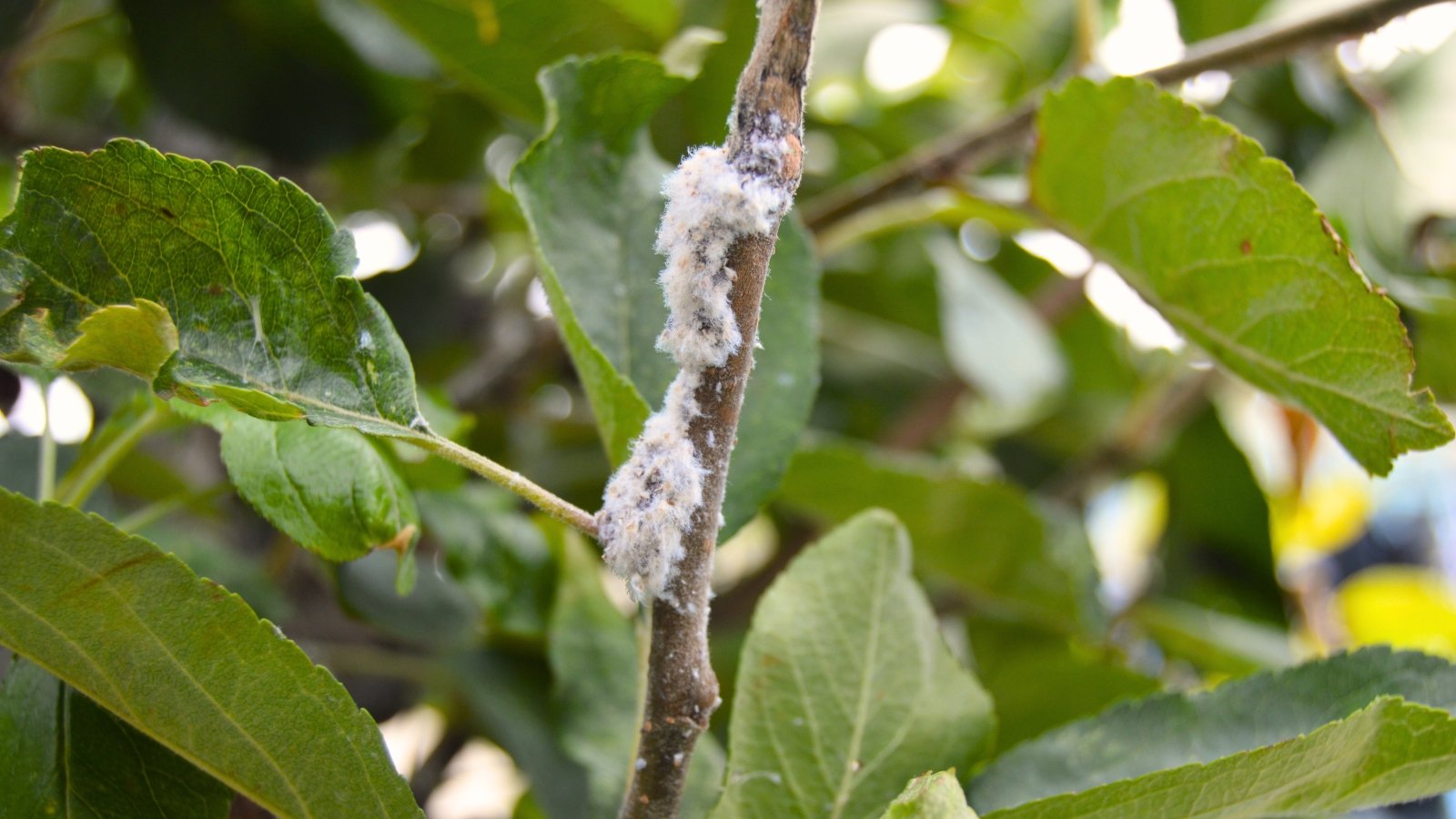

Wooly apple aphids are specialist pests on apple timber. They feed on the bark of current twigs just below the leaves, and they also moreover chew spherical pruning cuts and completely different wounds or cracks. Wooly apple aphids even eat roots, which is normally the place they reside all through winter. Knobby galls sort the place these aphids have been feasting.
Galls on twigs and roots are the apparent symptom of wooly apple aphids. You may also see the aphids themselves, which seem like wooly a lot. Moreover they go away honeydew behind and would possibly set off visibly curling leaves.
The galls enhance in measurement over time and develop to be a simple method for fungal pathogens to enter the tree. Mainly, wooly apple aphids slowly cut back the properly being of timber and make them further prone to completely different pathogens. These aphids aren’t a dying sentence, nonetheless you have to nonetheless attempt to handle them.
To handle wooly apple aphids, protect a be careful for model new colonies and galls. Embrace insectary vegetation in your orchard that invite parasitic wasps and syrphid flies to feed on these aphids. At first sight, cope with with pesticides akin to malathion, otherwise you probably can attempt using a horticultural oil spray throughout the delayed dormant interval. Phrase that you’d be capable of cope with colonies on twigs, nonetheless there’s not loads you’ll be able to do to handle root-feeding colonies.
Totally different Aphids


Quite a few completely different aphid pests prey upon apple timber, along with the inexperienced apple aphid, rosy apple aphid, and spirea aphid. The high-quality particulars differ from species to species, nonetheless normally, these pests feed on the tree’s phloem vessels and cut back the tree’s common vitality. Moreover they produce honeydew, which attracts sooty mould.
It’s possible you’ll even see the aphids themselves. Whereas the inexperienced apple and spirea aphids are inexperienced, the rosy apple aphids are mild pink. Furthermore, aphids may trigger deformed fruits or curled and sticky leaves. Sooty mould may even be an indicator of aphids. The darkish mycelial threads of this fungus seem like soot, making it fairly easy to find out.
Aphids are sometimes not enormously damaging to timber. You probably can probably ignore them in case your tree is in some other case in good properly being or blast them with a strong stream of water from a hose. Nonetheless, while you’ve received a youthful tree that appears stunted from a extreme aphid infestation, or if sooty mould is getting uncontrolled, you can should step in.
These aphid species have many pure predators, akin to woman beetles and lacewings. If these predators don’t get the aphids first, you probably can apply a horticultural oil spray or insecticidal cleansing cleaning soap. Protect a healthful inhabitants of host vegetation for helpful bugs as a preventative measure.
Borers
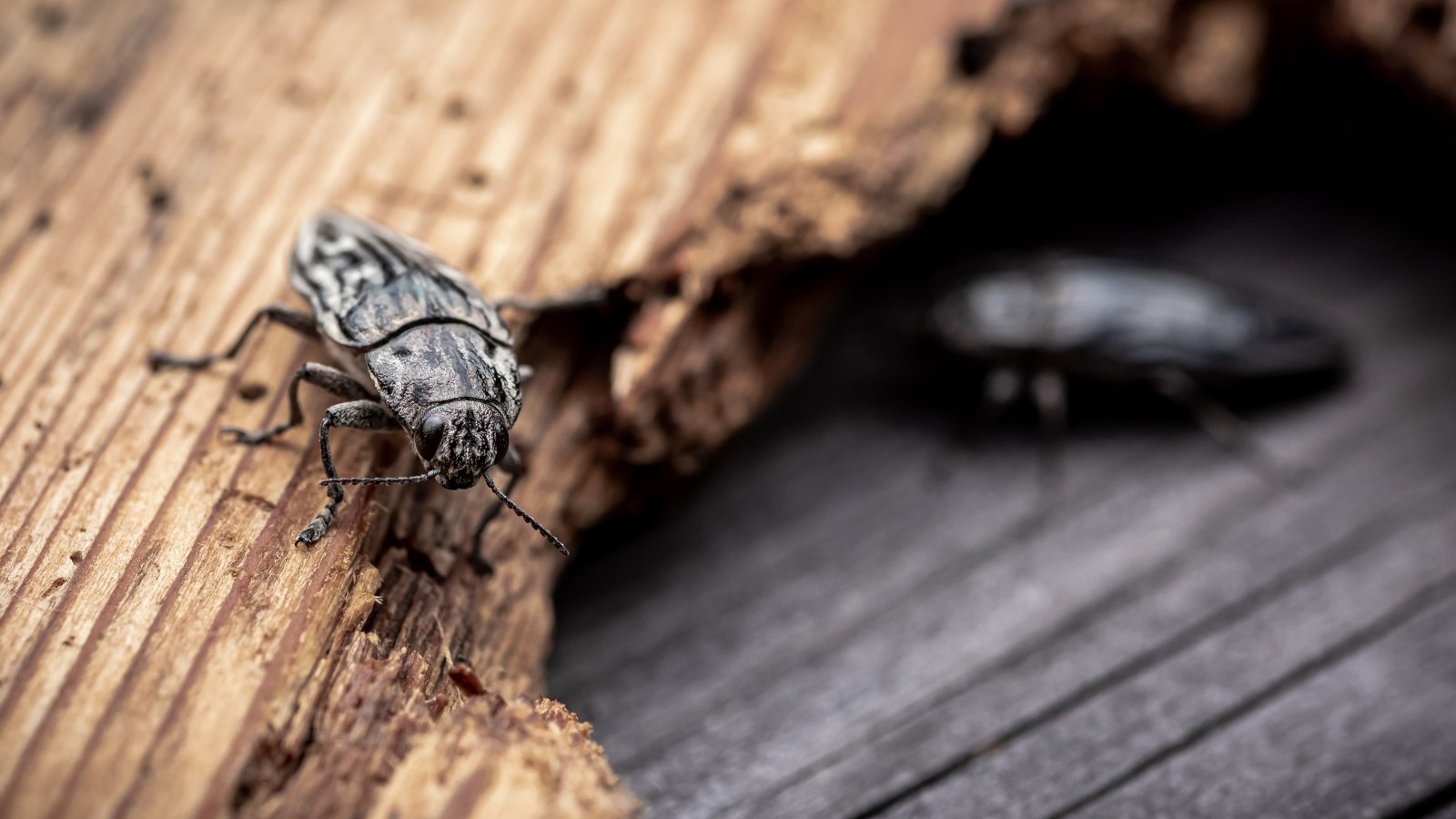

A variety of borers, along with the flathead apple tree borer, will prey on apple timber in intervals of drought. The larvae of these pests girdle limbs and the trunks of timber, which can kill limbs and push timber into decline.
Assaults from these pests are generally on the sunny aspect of the tree, the place you’ll notice holes with oozing sap. You may also uncover a sawdust-like supplies which is the excrement of the borers. Flaking bark and ineffective limbs are moreover indicators of borers.
Borers aren’t a extreme threat, nonetheless they will push already-weak timber proper right into a downward spiral. And whereas they almost certainly gained’t kill a whole tree, you probably can undoubtedly lose some tree limbs to borers. Retaining timber in good properly being so that they will resist borers is critical.
Sadly, there isn’t truly a strategy to cope with borers. You probably can attempt to cease them throughout the first place with trunk sprays that comprise parts like pyrethrin. Wrap trunks of youthful timber to dam entry by borers.
The perfect borer prevention is common vigor and good tree properly being. Protect timber well-watered, notably all through drought. To your best means, avoid damaging the tree’s roots when mowing the backyard. Take away any ineffective limbs quickly to avoid infestation sooner than it escalates.
Codling Moths
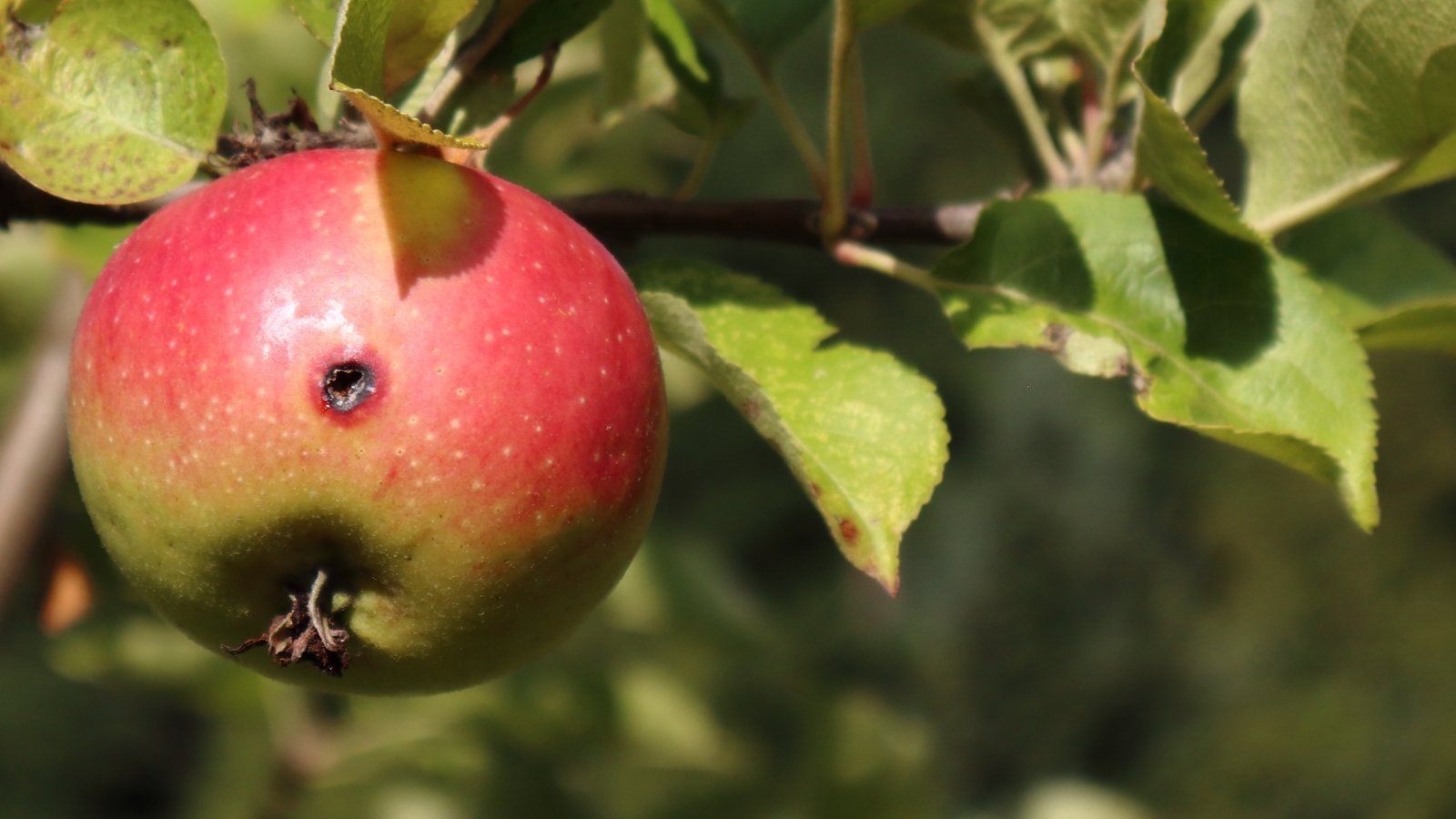

The codling moth is the grownup kind of the normal cartoon worm that lives in apples. The moths lay their eggs on or near rising fruits, and the larvae make their method into the fruits by way of the highest the place the flower petals have been attached.
You’ll know you have gotten an issue with codling moths when you uncover worms in your apples or in case you see entry and exit holes throughout the fruits. You would possibly uncover the pests’ excrement on the fruit. The apples may rot throughout the entry and exit holes, and the fruits could fall correct off the tree.
Whereas codling moths gained’t kill timber, they will fully spoil your harvest, making them a pest of paramount significance. Infested apples gained’t look too appetizing to begin with, and no person must chew proper right into a wormy apple.
To forestall codling moths, skinny fruit steadily and take away any infested fruit as shortly as a result of it’s discovered. Attempt bagging apples to protect them. You may too apply quite a few pesticides, along with carbaryl and malathion, nonetheless they gained’t have any impression on larvae already inside fruit.
Japanese Beetles
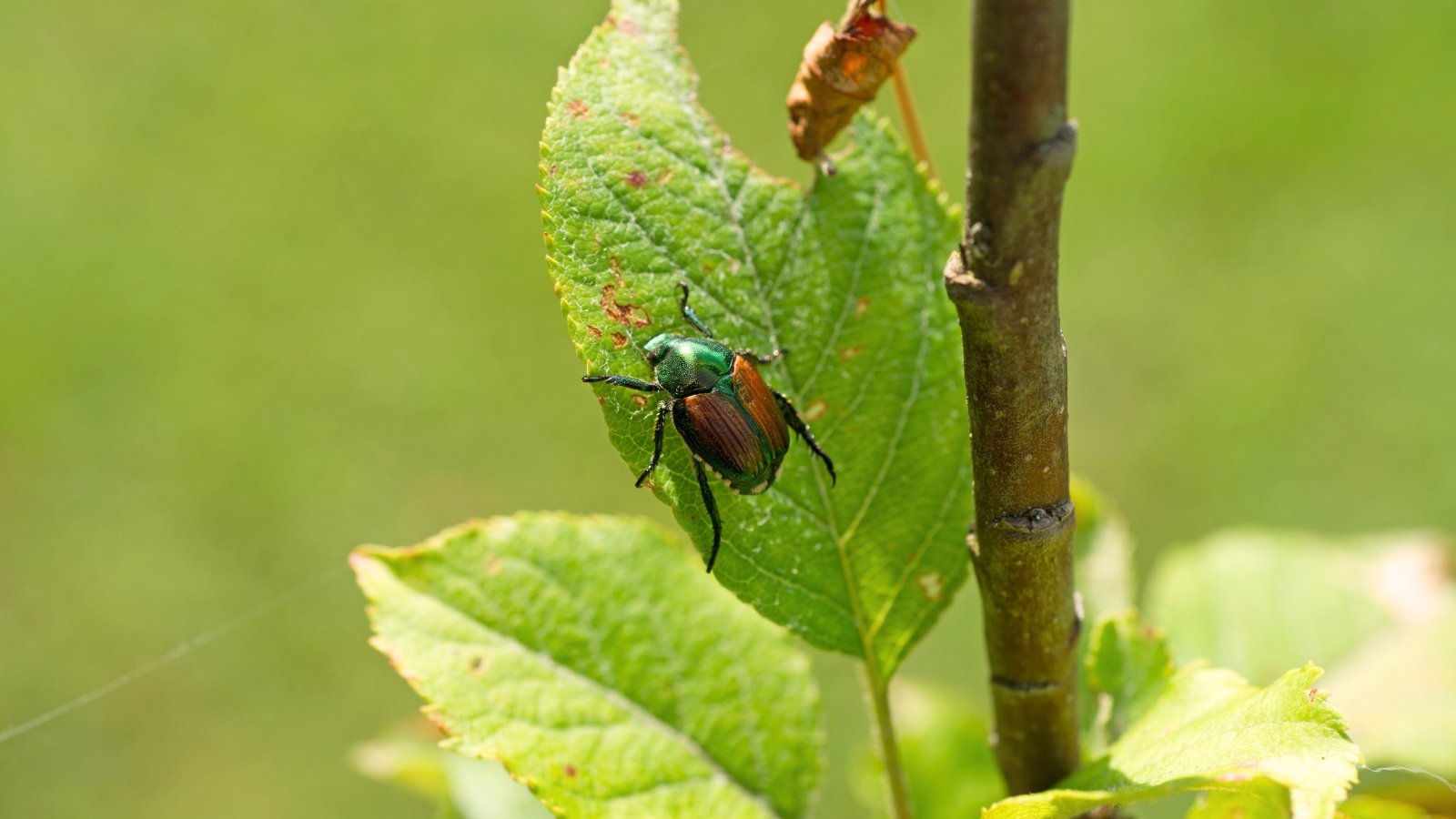

Japanese beetles have a particular look, with metallic blue-copper our our bodies that shine throughout the daylight. They appear principally in June and July, feeding on the leaves of many vegetation. Within the occasion you’re seeing this pest in your apple timber, you’re almost certainly seeing them elsewhere in your yard, too.
These beetles make small holes throughout the leaves. These holes accumulate, and sooner than you already understand it, there’s barely any leaf left. Japanese beetles may eat damaged fruits as successfully. They’re easy to find out. You may nearly undoubtedly see these large, distinct pests. They gained’t be laborious to ID.
Happily, Japanese beetles don’t set off loads hurt to apple timber. It’s unfortunate that they chew up the leaves, nonetheless a vigorous, healthful tree can lose a little bit little bit of foliage. The beetles’ train tends to wane by August.
You probably can attempt to administration Japanese beetles with pesticides that embrace carbaryl, nonetheless repeated use can really enhance mite populations. You would possibly want to uncover Japanese beetle traps, which it is important to put as a minimum 50 ft from the vegetation you goal to protect. Within the occasion you’ve had points with Japanese beetles beforehand, attempt making use of helpful nematodes throughout the soil of your tree to cease emergence of overwintering larvae.
Leafrollers
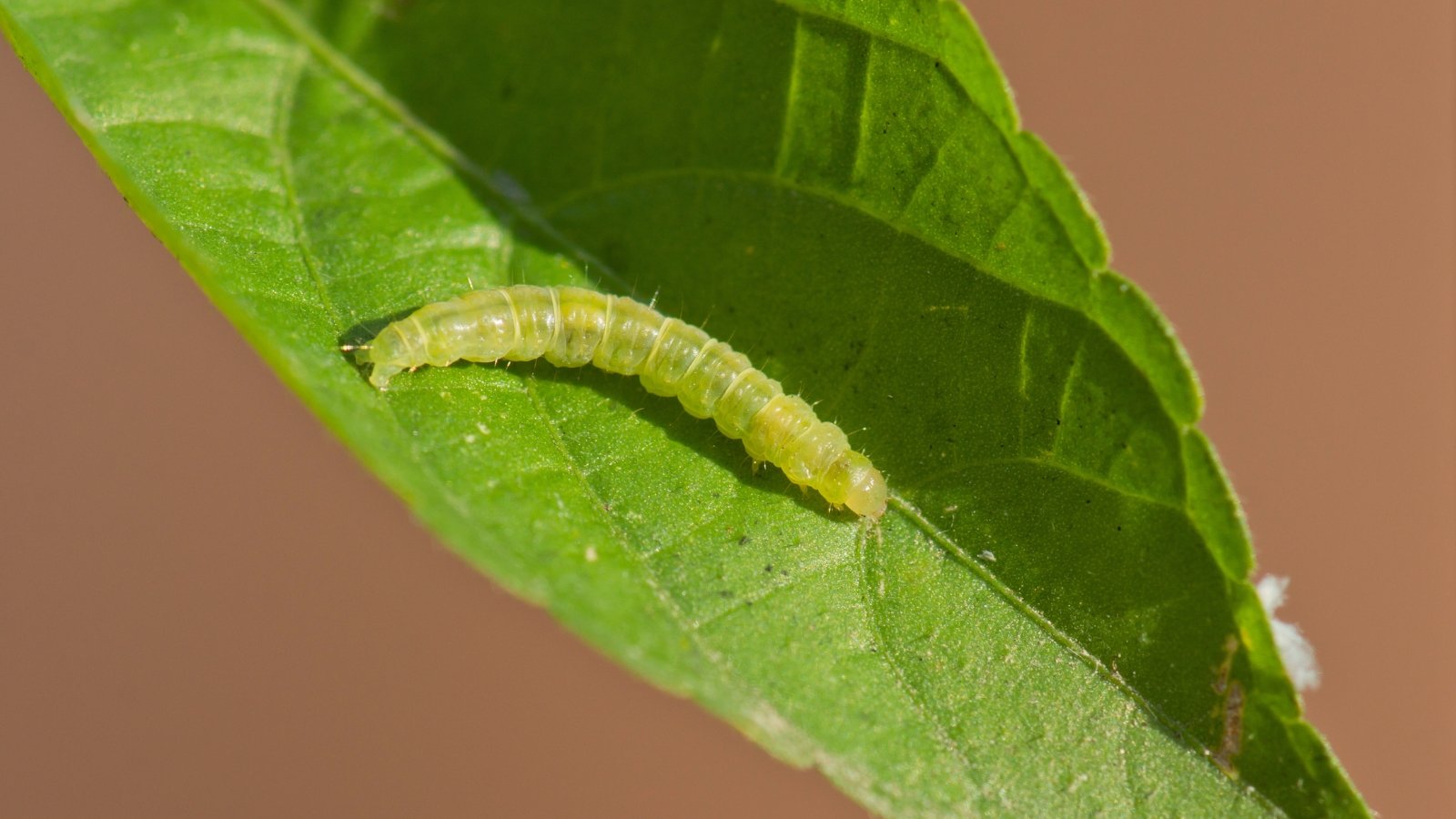

A variety of leafroller pests may be involved about your apple timber. Whereas they aren’t a devastating pest to have spherical, they chew up leaves, roll up leaves, and lay their eggs throughout the leaves. Sometimes, their rolling habits be part of leaves to fruits, and the leafrollers hurt the fruit, too.
The precept strategy to find out leafrollers is throughout the determine; you may uncover that leaves appear rolled. The leaves could even be clearly chewed up, and you could even see webbing inside them. Small cavities in fruits could also be a sign of leafrollers.
Leafrollers aren’t an infinite concern for timber, and they also aren’t going to kill your tree over time. Nonetheless, they will hurt the fruits, which is an enormous disappointment. In small or weak timber, leafrollers’ defoliation may very well be harmful.
These pests are easy to deal with. They’ve many pure predators, along with parasitic wasps, that can do the job for you, notably in case your yard has vegetation to host them. If not, you probably can apply Bacillus thuringiensis (aka B.t.), which kills leafroller caterpillars with out harming any of the pure predators you hope to guard.
Leafminers
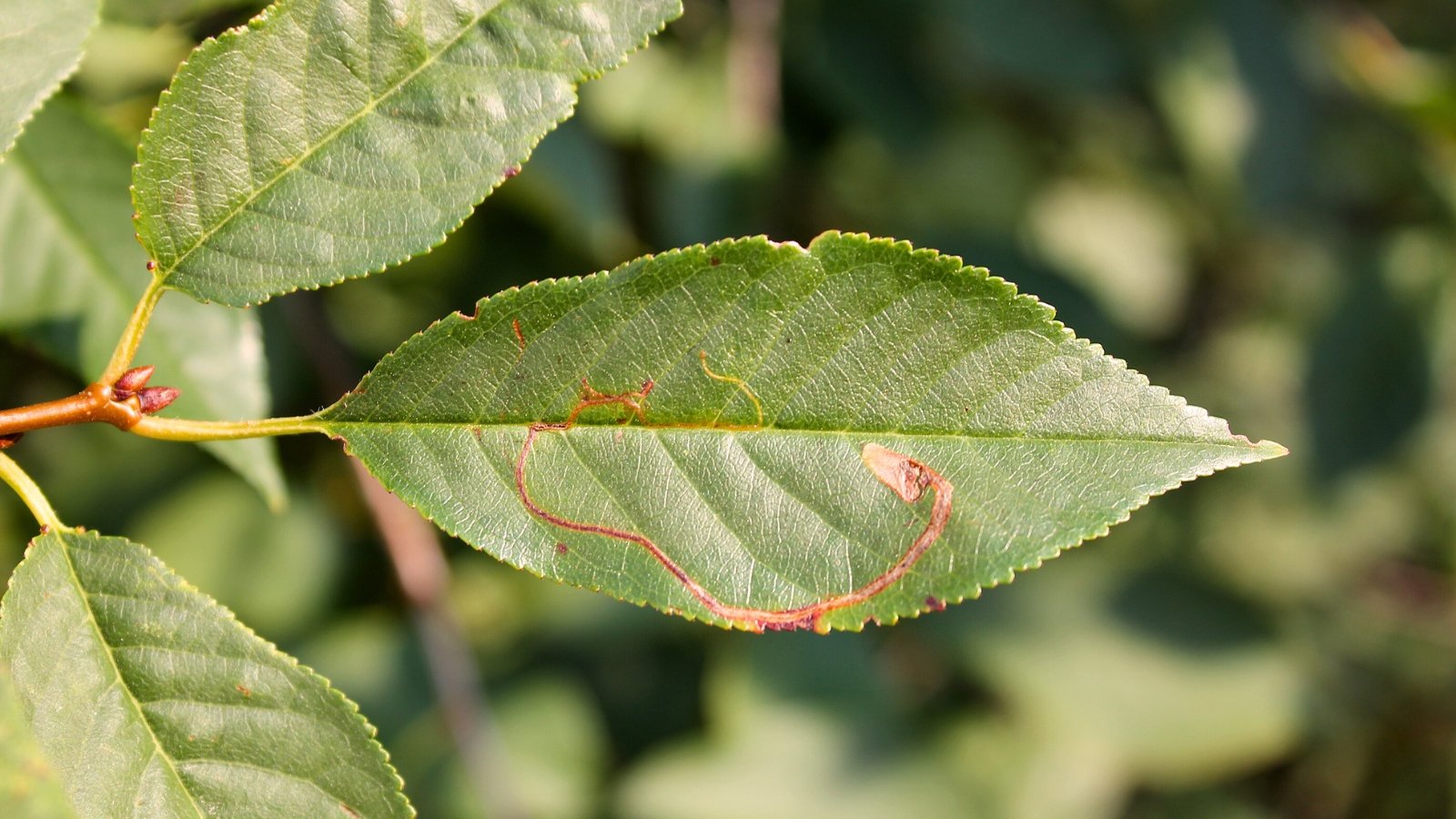

The seen tentiform leafminer may trigger some notable hurt to apple timber. These tiny bugs feed contained within the leaf as caterpillars, feeding on the sap after which the tissue. This causes tent-like mines throughout the leaves, which might be seen on the ground.
Within the occasion you uncover that the leaves have these tent-like holes, you can have a problem with leafminers. These holes combine to sort tunnels that lighten to white. If leaves have ample of these depressions, they might wrinkle and fall off.
Leafminers usually will not set off vital hurt and aren’t a set off for alarm. Nonetheless, while you’ve received a really gnarly infestation, ample damaged foliage may end up in diminished crop top quality and diminished tree growth.
These pests are normally saved in line by very atmosphere pleasant pure predators, akin to parasitic wasps. Within the occasion you’re preventing leafminers and pure predation doesn’t seem like doing the job, attempt making use of spinosad. This pure chance can get to the leafminers contained within the leaves and kill them.
Mites
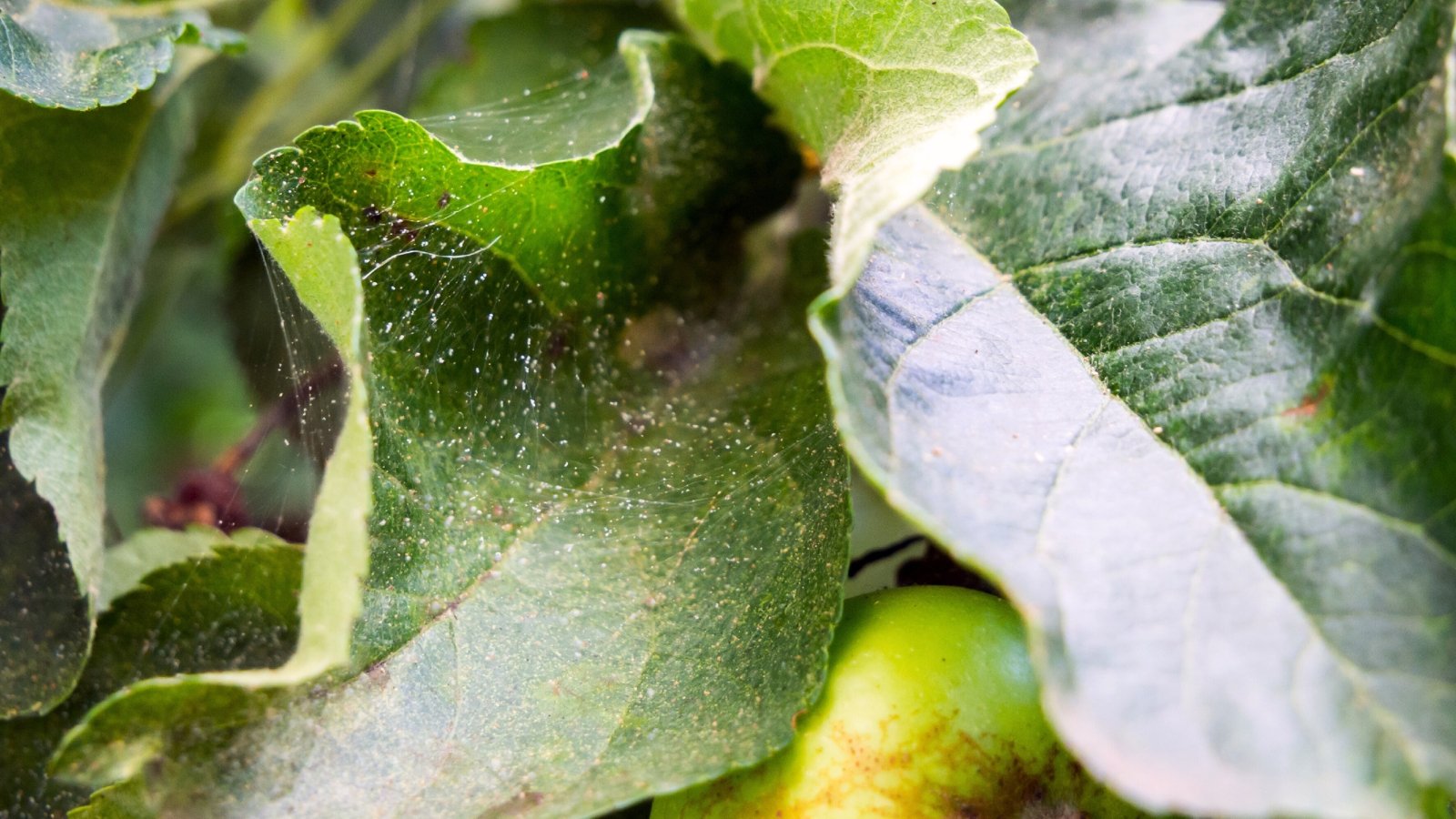

Quite a few mites may very well be an issue for apple timber, along with spider mites. These tiny arthropods are actually arachnids, like spiders; they are not bugs. Spider mites appear when it should get scorching and dry in the midst of the canine days of summer season season, eradicating chlorophyll from the leaves.
You probably can decide a spider mite infestation by wanting fastidiously at damaged leaves. They might have a stippled look, the place the spider mites sucked out the sap and chlorophyll. The seen areas may have a bronze look, and the leaves may look scorched. If infestations are extreme ample, you’ll notice webs.
Low populations of spider mites mustn’t an unlimited deal and may doable not be a problem in your apple tree. Pure predatory mites are sometimes ample to take care of spider mites from getting uncontrolled. You probably can take away spider mites manually with a sharp spray of water. If that doesn’t work, you probably can attempt an insecticidal cleansing cleaning soap or horticultural oil spray.
Totally different mites found on apple timber embrace the European pink mites and apple-leaf blister mites. You probably can administration European pink mites with horticultural oil, and you will ignore apple-leaf blister mites, that aren’t usually a problem at low populations.
Plum Curculios
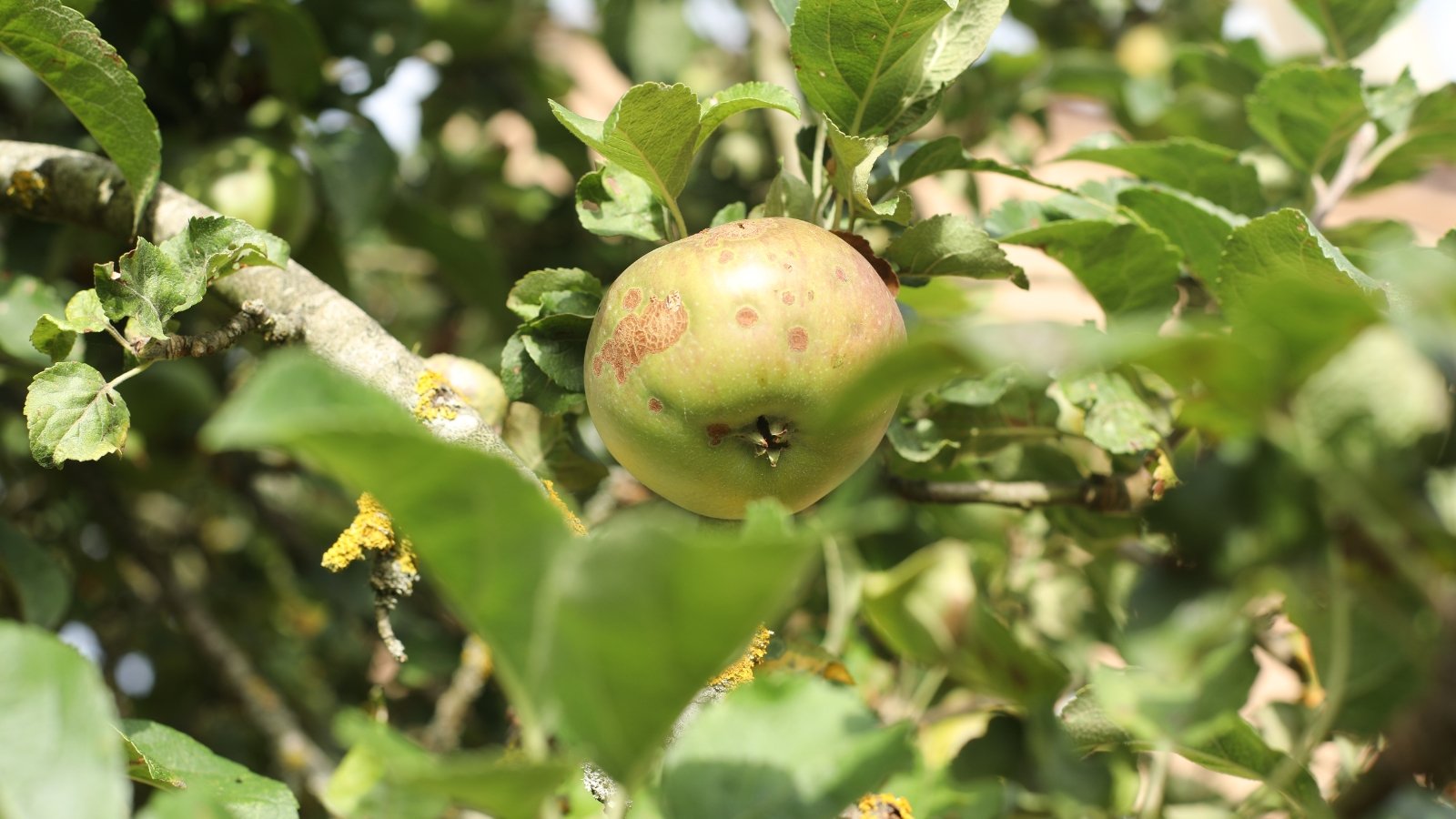

Plum curculios are weevil pests that reside near apple timber in winter, rising when the local weather warms as a lot as lay their eggs in fruits. They normally appear merely as temperatures start to persistently hit 70°F (21°C). These weevils may trigger misshapen fruits that prematurely fall.
It’s possible you’ll even see the plum curculios themselves, which are about ¼ inch prolonged. They’ve darkish our our bodies with gray patches and an prolonged snout. You may too decide them by the crescent-shaped cuts they go away in fruits to place their eggs.
Whereas these pests aren’t devastating to all of the tree, they’re detrimental to the fruits. The rising fruits sometimes kill the larvae inside, nonetheless the blemish stays. Infested fruits will usually drop to the underside anyway.
Take away any infested or fallen fruits right away. If you’ve received wild plum timber spherical, take into consideration eradicating them. You may too attempt masking the fruits with kaolin clay, which might block the weevils. If compulsory, you probably can administration them with sprays that comprise cyhalothrin or zeta cypermethrin.
Stink Bugs
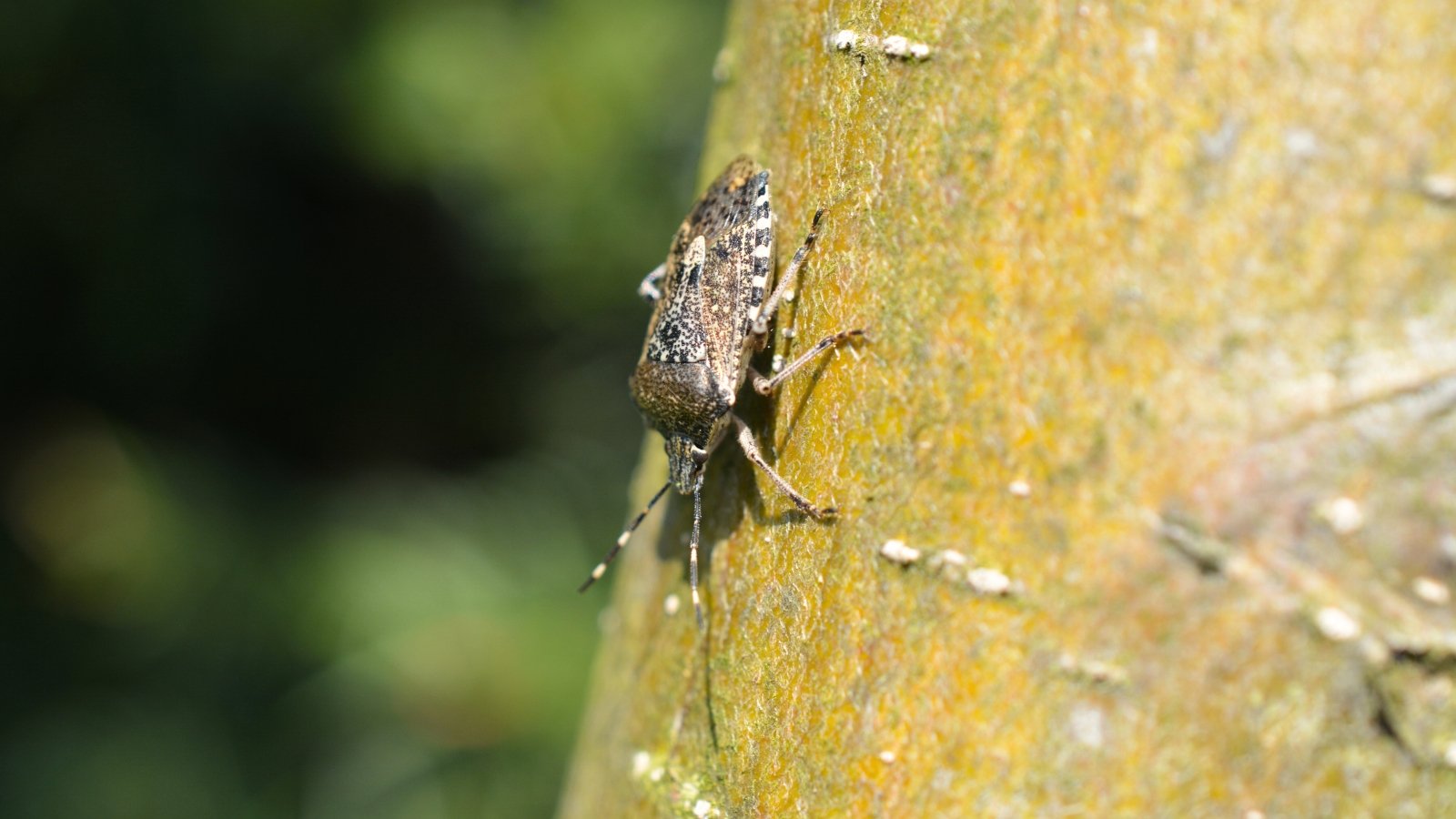

Stink bugs are larger than solely a nuisance throughout the residence; they will hurt your apples, too. They feed on youthful fruit, injecting it with saliva that kills plant cells near the chew. Then, they drink the fruit’s juices. Visibly depressed areas sort throughout the fruits the place stink bugs have eaten.
Regarding ID, you’ll have the flexibility to see these bugs. They usually are shield-shaped with a flat once more. Though there are a selection of species, one in every of many further widespread culprits is mild brown. They’re about ½ inch prolonged, so that they gained’t be laborious to see.
Stink bugs gained’t be an unlimited detriment to your apple tree, though they could hurt the fruit. The low cost in fruit top quality may make it unmarketable. Not solely will the fruits be marked, nonetheless the within texture moreover turns into corky and dry.
A giant tree with a small inhabitants of stink bugs should nonetheless produce a great deal of good fruit. If you’ve received a extreme ample stink bug draw back to warrant eradicating methods, spray with a product that includes cyhalothrin or zeta cypermethrin. Protect stink bug host vegetation like mallow, vetch, morning glory, and plantain far out of your apple timber to cease them.
Tarnished Plant Bugs
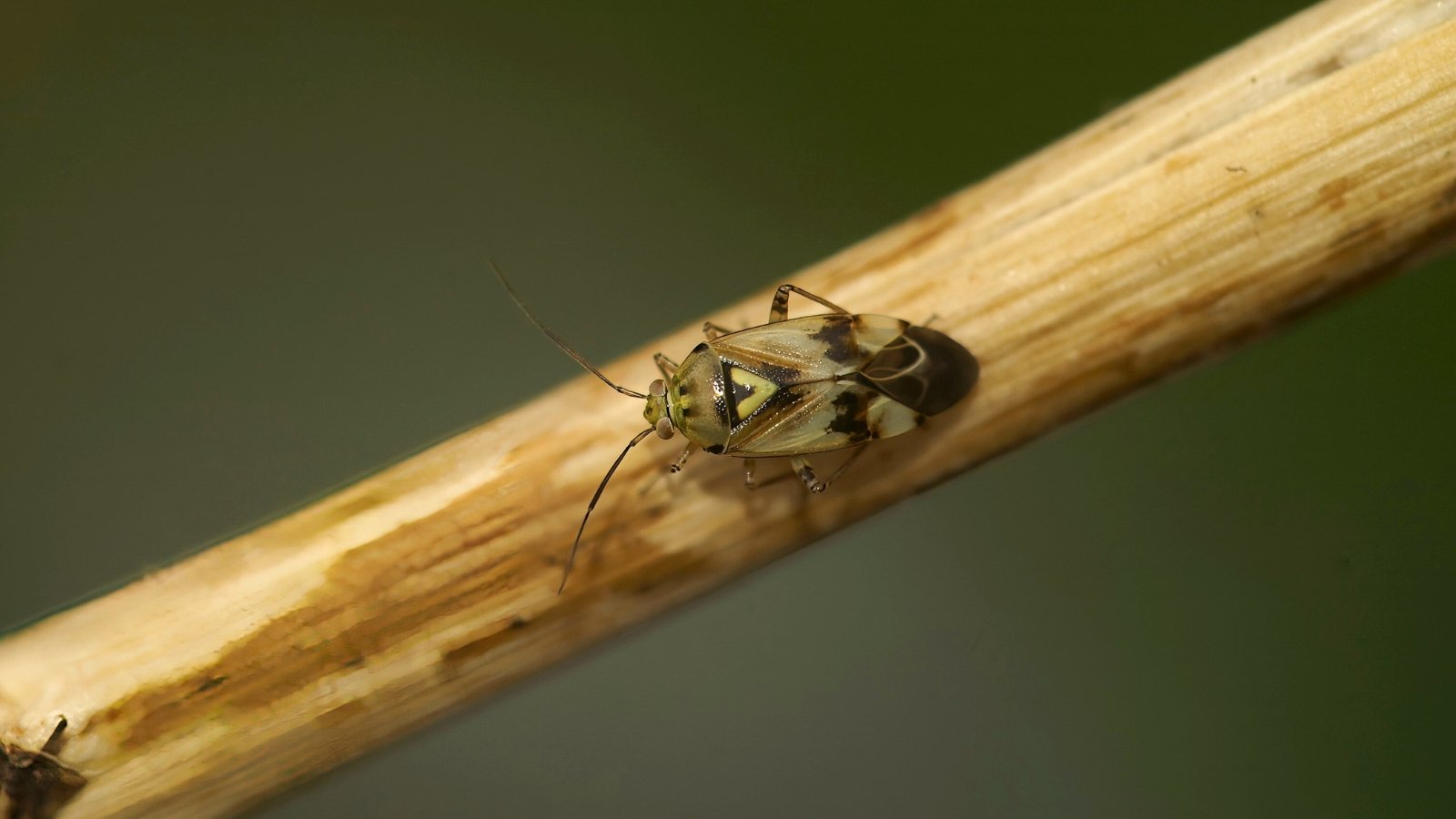

Tarnished plant bugs are very like stink bugs within the case of their strategy of hurt. They feed on the youthful fruits, creating holes and sucking out the juices, lastly leaving pitted, damaged fruits of their wake. Sometimes, complete clusters of fruit will drop.
Your best guess at determining this pest is to spot the bugs themselves. They’re about ¼” prolonged, so that they’re smaller than stink bugs nonetheless nonetheless seen. The bugs are sometimes a brownish shade of yellow, with an oval physique and a “Y” marking between their wings.
Like stink bugs, tarnished plant bugs aren’t going to kill your tree and aren’t an emergency. They will, however, hurt your fruit and set off a great deal of it to drop. Maintain watch over these pests to confirm the infestation doesn’t develop.
Within the occasion you’re intent on eradicating tarnished plant bugs, it’s best to use a spray containing cyhalothrin or zeta cypermethrin. Eradicating early-blooming weeds near your apple timber can normally cut back the number of every tarnished plant bugs and stink bugs.
San Jose Scale
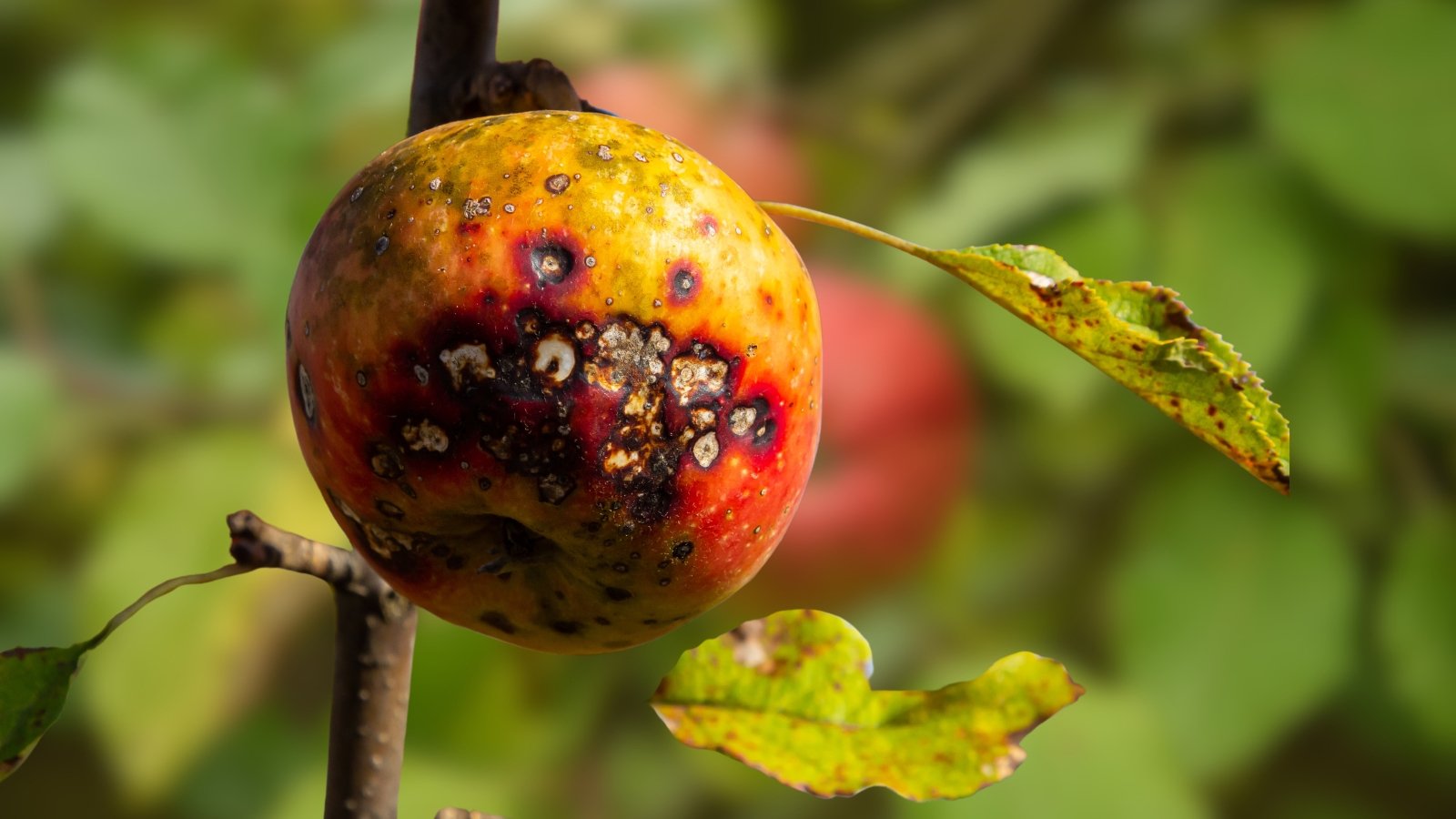

There are numerous species of scale insect pests, and various feed on apple timber. Primarily essentially the most notable are San Jose scale bugs. They feed on bark and fruit, extracting the sap. San Jose scale bugs are tiny, with every measuring about 0.1 inch in diameter, nonetheless their infestations may very well be large.
Within the occasion you uncover fruits that are lined in what seem like darkish flakes, these are the San Jose scale our our bodies. You may also see bark and tree limbs lined in these small bugs, which seem like pepper. You’ll almost certainly moreover see what appears to be like pink circles with white services throughout the fruits.
These scale bugs can kill complete tree limbs and make fruit unmarketable. Within the occasion you wrestle with San Jose scale bugs or have had points with them beforehand, a preventative method is best to take care of points beneath administration.
One female San Jose scale insect can produce 400 further scale bugs inside a month and a half, so don’t delay in pest administration. Just some weeks of uncontrolled unfold may very well be vital.
To handle them, spray 2% horticultural oil on the trunk and branches in early spring sooner than the leaf buds begin to open. Then, your best guess is to stay on prime of this draw back all season prolonged, straight spraying any crawlers you uncover with extra diluted horticultural oil spray.
Speckled Inexperienced Fruitworms
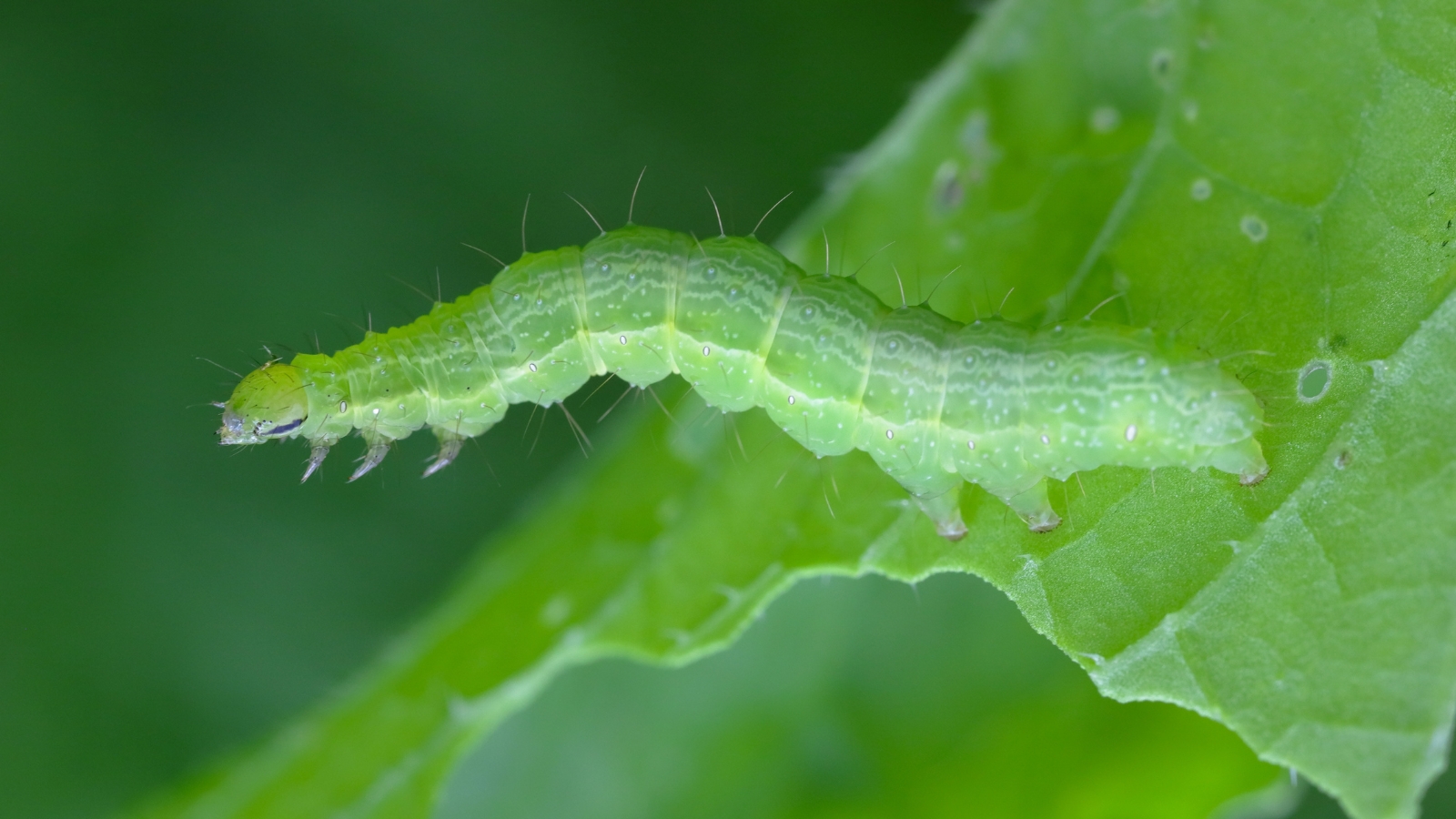

Speckled inexperienced fruitworms are small fruitworms larvae that frequent apple timber and completely different fruit timber. They feed on newly emerged leaves, flowers, and youthful fruits. These fruitworms are energetic for about six weeks per yr in spring.
You probably can merely ID this pest, as a result of it appears to be like a inexperienced worm. The youngest speckled inexperienced fruitworms are about ¼ inch prolonged and a bit grayish. As they mature, they develop to be inexperienced and attain a measurement of virtually two inches. They’re laborious to miss.
You would possibly uncover completely different indicators as successfully. Speckled inexperienced fruitworms go away chewed up foliage of their wake, along with deep, spherical holes in fruits. You may also experience fruit drop before anticipated.
Fortunately, speckled inexperienced fruitworms mustn’t horribly detrimental to apple timber. Within the occasion you see them, there’s no should panic, as a result of the tree is simply not in peril. Nonetheless, you can experience a diminished harvest, so remedy may be acceptable regardless.
These pests are as easy to handle as they’re to find out. A single software program of insecticide akin to Bt or spinosad should get the job accomplished. If you’ve received expert speckled inexperienced fruitworms in earlier years, apply the insecticide preventatively correct after petals fall.
[ad_2]
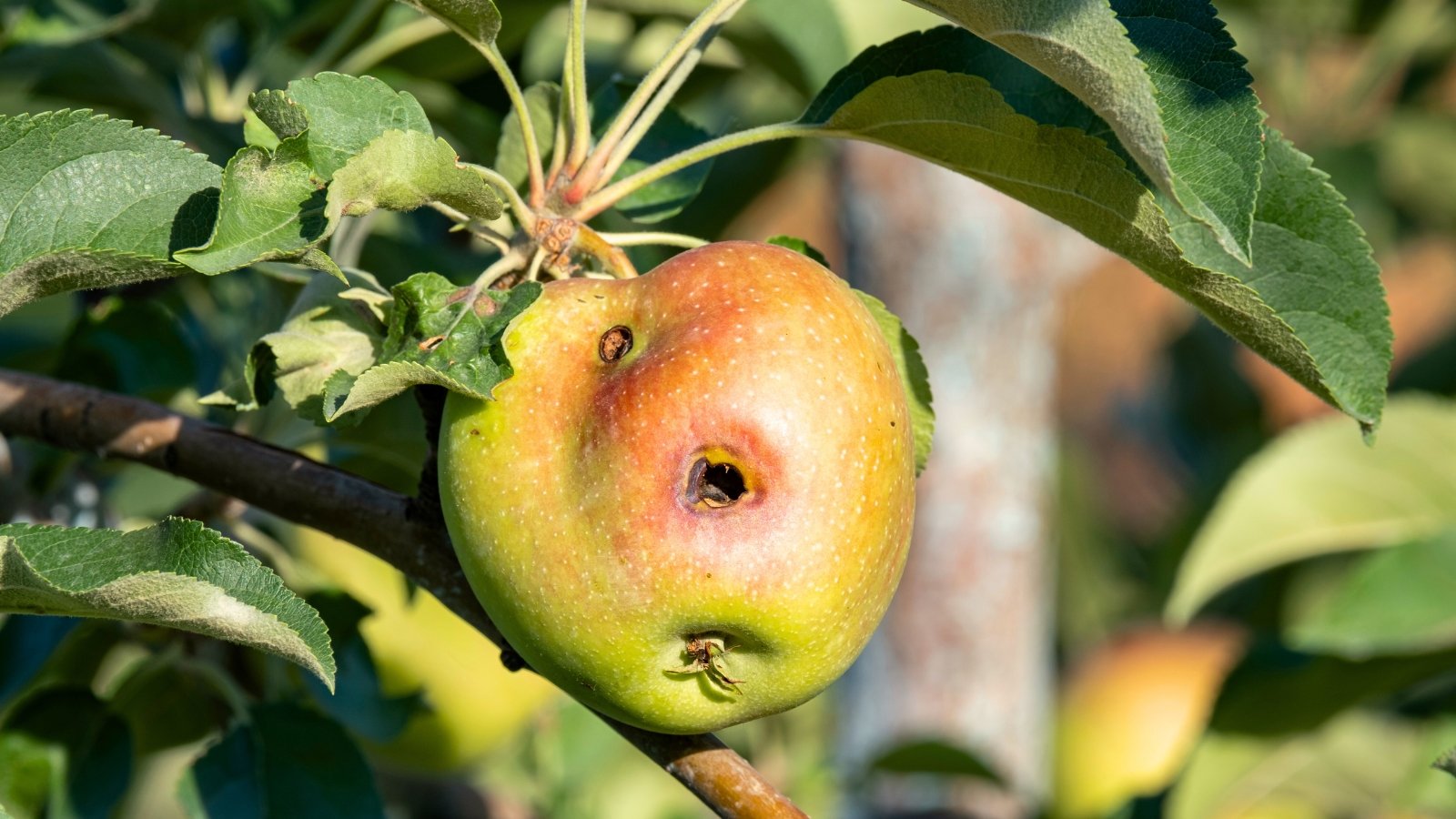
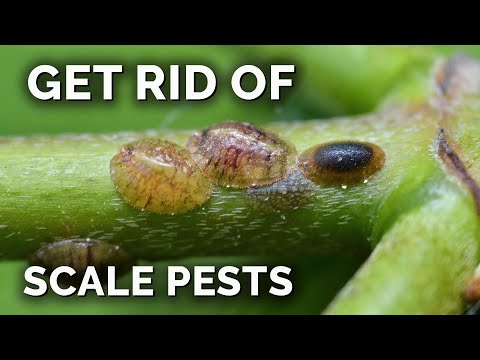
I appreciate the detailed descriptions of each pest and their respective symptoms. This information could be very helpful for anyone looking to maintain a healthy apple orchard. The tips for prevention are particularly valuable.
Understanding the various pests outlined in this article is crucial for successful apple cultivation. The preventive measures suggested provide practical steps that any gardener can take to protect their trees.
This article does a great job outlining the different pests that can impact apple trees. It’s important for gardeners to be aware of these issues and know how to address them before they escalate.
The article provides a comprehensive overview of the various pests that can affect apple trees. It’s useful for both novice and experienced growers to understand how to identify and manage these pests effectively.
The insights provided about pest management are quite informative. Knowing when to use pesticides or natural methods can make a significant difference in maintaining the health of apple trees over time.